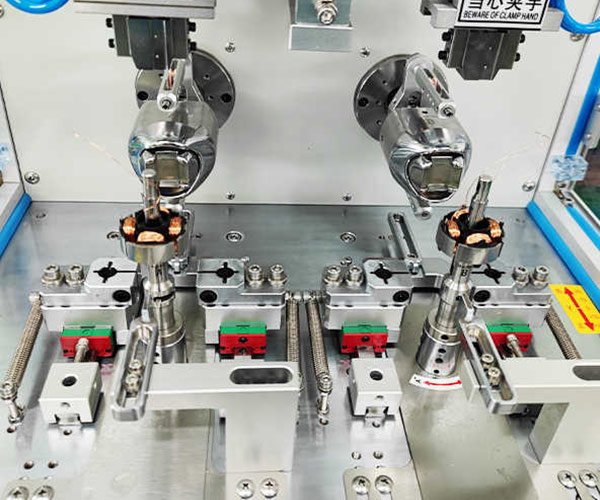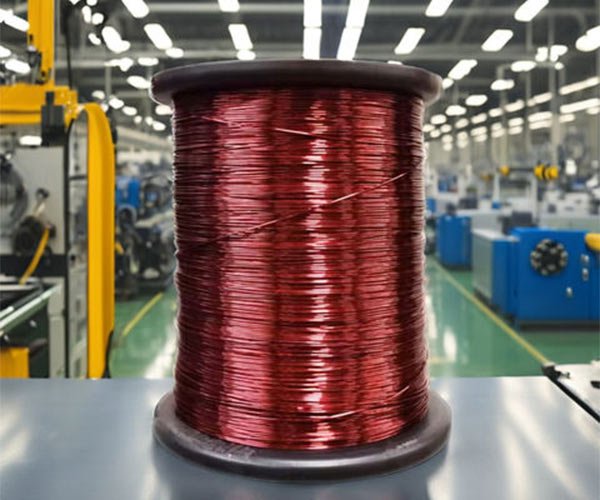Solenoid coils are indispensable components widely used across diverse industries, including automotive, healthcare, industrial automation, and more. To ensure their efficiency and reliability, careful attention must be given to various factors during the design and development process. Below are the key considerations to keep in mind when designing solenoid coils:
1. Coil Geometry
The geometry of the coil, encompassing its shape, size, number of turns, and packing density, directly influences the magnetic field’s strength and orientation. A well-optimized geometry ensures that the coil delivers the desired performance while minimizing energy loss and heat generation.
2. Material Selection
The choice of materials, including the core and insulation, plays a pivotal role in the coil’s functionality. For solenoid coils, copper is the standard conductor material due to its excellent electrical conductivity. However, selecting the right core material and insulation type is critical to achieving the desired magnetic properties and durability.
3. Operating Environment
Environmental factors such as temperature, humidity, mechanical stress, and vibration significantly affect a solenoid coil’s longevity and performance. Designing coils with these conditions in mind ensures reliability under the specific application’s operating conditions.
4. Electrical Characteristics
Key electrical properties, including resistance, inductance, and capacitance, must be tailored to the application’s requirements. Achieving the right balance among these parameters ensures the coil’s efficiency and compatibility with the intended system.
5. Production Feasibility
Practical manufacturing constraints like space limitations, production costs, and lead times should guide the design process. A balance between design complexity and production feasibility ensures a cost-effective and timely output without compromising quality.
6. Connection and Integration
The method of connecting the coil to external components—such as soldering, crimping, or using connectors—is crucial for ensuring electrical integrity and ease of assembly. Proper termination methods reduce the risk of failure and contribute to the overall system’s robustness.
From Concept to Creation: Streamlining the Manufacturing Process
Once the key design parameters are finalized, creating a detailed design draft becomes the next essential step. This draft should include precise dimensions, material specifications, and electrical requirements. Providing additional resources, such as CAD drawings or STEP files of the winding structure or entire component, can greatly assist manufacturers in understanding your vision.
Partnering with an experienced coil manufacturer ensures that your design is reviewed by experts who can offer valuable insights and refine the specifications for optimal results. By considering all critical factors and collaborating with skilled professionals, you can achieve a solenoid coil design that excels in performance, reliability, and efficiency.
Need a customized coil?
Email us for a quick contact



